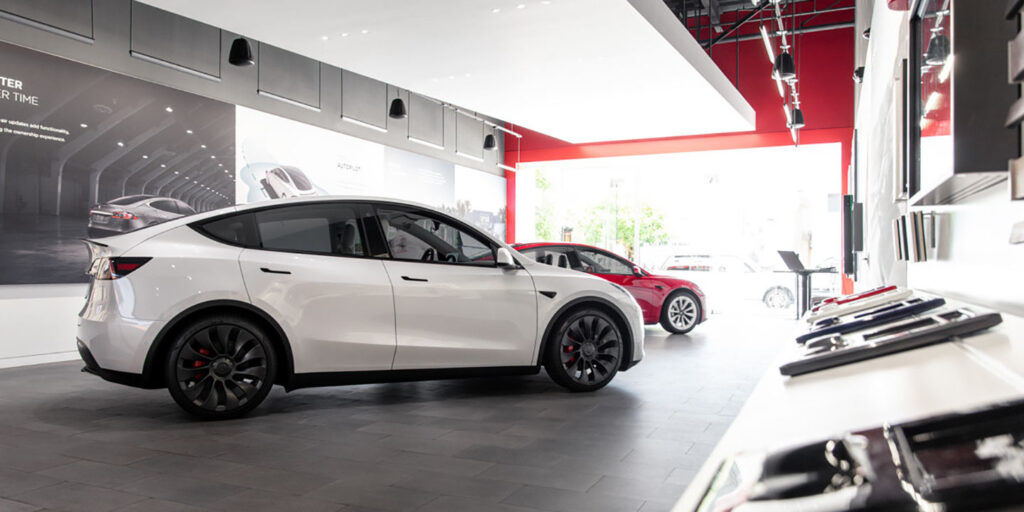As one glances over the automobile industry’s timeline, few brands emerge as game-changers in the way Tesla has. Bursting onto the scene with a promise of sustainable transport without sacrificing luxury or performance, Tesla has not only revolutionized electric vehicles (EVs) but also the very fabric of automotive expectations. Dive in as we explore Tesla’s meteoric rise, innovations, and what buyers should consider before getting behind the wheel of one.
The Dawn of a New Era in Automobiles
Tesla’s story begins in 2003, not as the brainchild of Elon Musk as many believe, but Martin Eberhard and Marc Tarpenning. However, it was Musk’s vision, leadership, and significant investment that steered Tesla toward its groundbreaking trajectory. By 2008, the world witnessed the Tesla Roadster, an all-electric sports car that combined high performance with zero emissions, reshaping the perception of what electric cars could achieve.
Challenging Norms, One Model at a Time
Historically, EVs were often dismissed as lacking the range, power, or luxury of their gasoline counterparts. Tesla’s entry into the market turned these misconceptions on their head. The Model S, introduced in 2012, boasted impressive range capabilities and acceleration that could rival many sports cars. Such groundbreaking vehicles require an intricate blend of innovation, making every detail, down to the Vehicle Identification Number (VIN), unique. For those curious about a Tesla’s history or specifications, a Tesla VIN lookup can be an invaluable tool, offering detailed insight into any particular model.
Beyond Cars: A Sustainable Ecosystem
Tesla’s vision is not confined to the realm of cars. Their broader goal encompasses a comprehensive sustainable energy solution. This vision has birthed products like the Tesla Powerwall, Solar Panels, and Solar Roof, each addressing different facets of energy consumption and storage. It’s a vision of a world where homes and cars draw their power from the sun, store it efficiently, and utilize it in the most optimized manner.

The Road to Autonomy: Tesla’s Self-Driving Ambitions
One cannot discuss Tesla without delving into its ambitious self-driving goals. Tesla’s Autopilot and Full-Self Driving (FSD) features, while not entirely autonomous yet, represent significant steps toward a future where cars navigate the roads with minimal human intervention. Regular over-the-air software updates ensure that Tesla cars continually evolve, enhancing both safety and driving features over time.
Democratizing Electric Luxury: Model 3 and Model Y
Understanding the need to make electric luxury accessible, Tesla introduced the Model 3 and the Model Y. These models retain Tesla’s signature attributes but come with a price tag that appeals to a broader audience. They serve as a testament to Tesla’s commitment to making electric mobility not just a luxury but a standard.
What Potential Tesla Buyers Should Know
For those considering a Tesla, here are key points to ponder:
- Charging Infrastructure: Tesla’s Supercharger network is expanding, but it’s essential to evaluate charging options in your vicinity and along your regular routes.
- Performance: While Tesla vehicles are known for their impressive acceleration and top speeds, real-world performance might vary based on battery conditions and other factors.
- Software-Centric: A significant portion of the Tesla experience relies on software. This means frequent updates, but also occasional bugs.
Conclusion
Tesla is not just a car manufacturer; it’s a movement. It represents a shift in how the world views transport, energy, and sustainability. For car buyers, investing in a Tesla is not just about owning an EV; it’s about embracing a vision of the future. Whether you’re drawn by the allure of cutting-edge tech, the promise of sustainability, or sheer performance, Tesla promises an unparalleled automotive experience.
Stay tuned for constant Tesla updates, follow us on:
Google News | Flipboard | RSS (Feedly).

